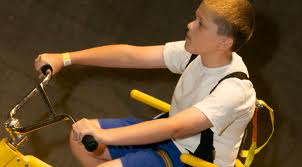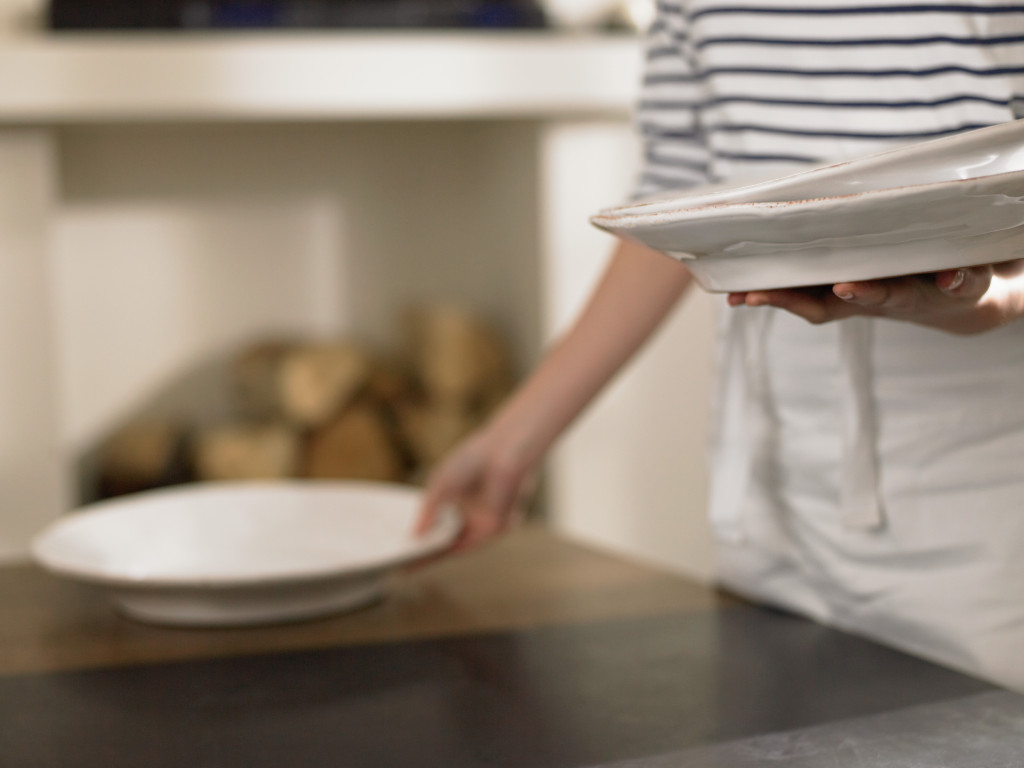If you live in Phoenix year round or are coming to get out of the snow and ice for a few weeks, make the most of your time here. Spring is a beautiful time to visit Phoenix so here’s a fun list of things to do.

Arabian Horse Show Feb 14-24 at Westworld in Scottsdale-Since 1955, the Arabian Horse Show is the largest event of it’s kind in the world and has grown from 50 horses to 2400, bringing the top owners, trainers and breeders from around the world. A win in Scottsdale means lots of attention in the breeding barns.
Phoenix Spring Training For the fans, Spring Training means great games, great players, jumbo hot dogs, cheap tickets, and the opportunity to get up close and personal with the athletes. Scottsdale is home to the San Francisco Giants, Colorado Rockies, and Arizona Diamondbacks. Cactus League Spring Training The Angels will host the Chicago Cubs at Diablo Stadium in Tempe for their Spring Training and the Angels take on the Texas Rangers. Camelback Ranch in Glendale is hosting the White Sox and Dodgers and the Peoria Complex is hosting the Mariners and the Padres. The Surprise Stadium is the home of the Texas Rangers and the Kansas City Royals.


Kayaking on Tempe Town lake This is an urban lake just North of ASU and the Mill Avenue district in Tempe. They also have rowboats and paddle boats. The lake is just two miles long and there’s lots of skateboarding, biking, walking and horseback riding paths.

Arizona Science Center This fun interactive museum is great for ages 2 through adults. I brought my two year old granddaughter and my out of town company there and she kept busy for hours, but we had fun learning too!

Take a hike! Our family hiked in the Superstitions and my eight year old son said: “Oh, this is the desert!” It’s high desert and much more beautiful than in the alley, asd stunning in the Spring and the rock formations and Spring flowers are fabulous! Another short but fun hike is the Hieroglyphic Trail in the superstitions.

The Musical Instrument Museum in North Scottsdale is one of a kind, with instruments from all over the world, and has an interactive room where you can try out some instruments yourself.

Destination Station at the Arizona Museum of natural history runs through March 24 and is an interactive exhibit showing the inside of America’s orbiting lab and revealing the vast array of science and research being done in low earth orbit.

Arizona SCITECH festival 2013 Spearheaded by ASU, U of A, and the Arizona Science Center, this festival is a celebration of science, technology, engineering and math has expos, workshops, and tours in neighborhoods throughout Phoenix for ages 3 to 103 now through March 17th.
If you’re staying at one of our charming Phoenix resorts, call for one of our trusted nannies to entertain the children while you enjoy a quiet dinner.
Beth
















